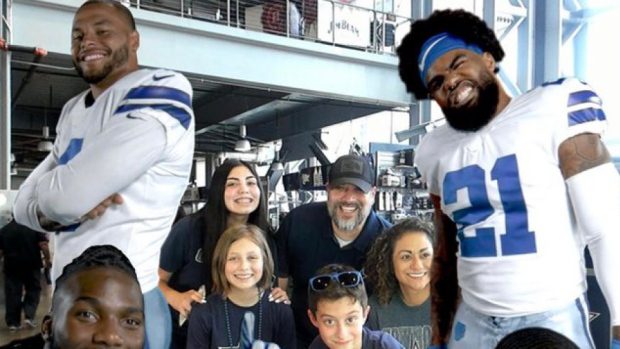If out-of-home is not currently part of your marketing strategy, it should be. This typically “traditional” medium has made a major resurgence as of late, due in much part to DOOH.
It’s time to hop on board and take advantage of this channel. Read on to learn five specific reasons you need to add out-of-home to your marketing strategy next year.
1. The Medium Is Unblockable and Unskippable
You may not be aware that OOH includes more than just billboards. In fact, OOH is the umbrella term for any advertising that takes place in the real world, inclusive of street furniture, transit, and place-based OOH, in addition to billboards. So — that quirky Casper subway ad you saw? Yep, that’s out-of-home. That Pepsi branded koozie at a stadium? Also out-of-home.
What makes OOH so special is that it’s everywhere in the real world — and unlike digital ads, it’s unblockable and unskippable. It’s hard to ignore out-of-home ads, such as when you’re sitting on the subway staring at the same ad for 15 minutes before you arrive at your stop. You practically have to engage with it in some capacity.
2. OOH Can Be Highly Interactive
Since it’s a blank canvas and exists in a physical space, the medium offers a bevy of creative messaging possibilities. Many of these can be highly experiential and interactive, taking advantage of the surrounding space and involving passersby. For example, the Dallas Cowboys introduced an interactive photo kiosk inside the AT&T Stadium that enables fans to “take photos” with the players — resulting in pictures that look remarkably real.

What’s more, thanks to DOOH, the out-of-home medium is highly relevant and can complement the environment it lives in. For example, Stella Cidre ran a DOOH campaign after discovering that a two-degree temperature rise above the monthly norm triggered an increase in sales. The billboard ads were only shown during optimum weather conditions, so there were no wasted impressions.
3. It’s Great for Targeting Specific Audiences
Out-of-home is also a fantastic medium for targeting particular audiences. It allows brands to connect with audiences based on their lifestyle and specific brands they visit.
When looking at location data in particular, you can see visitation patterns of users and place OOH ads accordingly. For example, you can identify a segment of consumers who visit the gym and health food stores, who are most likely fitness enthusiasts, and target them based on those traits. Specifically, you could target them by placing an ad for protein powder on the bench right outside a gym.
4. It Resonates With Gen Z More Than Any Other Medium
As it turns out, out-of-home advertising has a major appeal for Gen Zers over other newer media. Per a study by Kantar Millward Brown, 55% of Gen Zers prefer OOH because it is “relaxing.” While digitally native Generation Zers may not be anticipated fans of this medium, their affinity for it makes sense — they grew up facing a deluge of digital ads everywhere they turned, so they might find this real-world medium refreshing.
What’s more, OOH grabs the attention of this generation — with 84% of Gen Zers “pay[ing] attention to out-of-home advertising,” per research by UNiDAYS and Ad Age. For this generation that’s so often inundated with ads, promotions need to stand out.
5. Industry-Leading Companies Are Investing in OOH
Finally, huge companies are investing in out-of-home and including it as a major part of their media mix. For example, Netflix bought $150 million worth of billboards on Los Angeles’ Sunset Strip, making a direct play to vy against their competitors for consumers’ attention in the height of the streaming wars. Other major tech companies including Apple, Google, and Amazon are among the biggest outdoor advertising spenders.
It’s no coincidence that these all-digital companies that are investing in OOH also appeal strongly to Gen Z — these companies understand which kinds of ad formats their audience prefers and are catering to them. It’s a strategy more brands should strive to emulate, if they’re looking to connect with a younger audience.
Are you ready to add out-of-home to your marketing strategy? We can help. Learn about Cuebiq’s OOH measurement offering, which enables you to discover campaign ROI metrics such as in-store conversions, audience loyalty, affinities, and much more.



